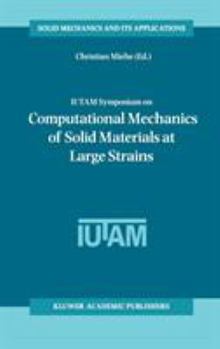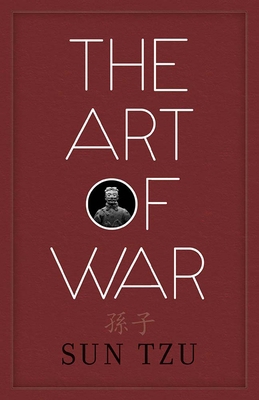IUTAM Symposium on Computational Mechanics of Solid Materials at Large Strains (Solid Mechanics and Its Applications)
The steady increase in computational power induces an equally steady increase in the complexity of the engineering models and associated computer codes. This particularly affects the modeling of the mechanical response of materials. Material behavior is nowadays modeled in the strongly nonlinear range by tak- ing into account finite strains, complex hysteresis effects, fracture phenomena and multiscale features. Progress in this field is of fundamental importance for many engineering disciplines, especially those concerned with material testing, safety, reliability and serviceability analyses of engineering structures. In recent years many important achievements have been made in the field of the theoretical formulation, the mathematical analysis and the numerical im- plementation of deformation processes in solids. Computational methods and simulation techniques today play a central role in advancing the understanding of complex material behavior. Research in the field of "ComputationalMechan- ics of Materials" is concerned with the development of mathematical models and numerical solution techniques for the simulation of material response. It is a very broad interdisciplinary field of science with inputs from traditional fields such as Applied Mechanics, Applied Mathematics, Materials Science, Solid State Physics and Information Technology. The intention of the IUTAM Symposium "Computational Mechanics of Solid Materials at Large Strains", held at the University of Stuttgart, Germany, from August 20-24, 200I, was to give a state of the art and a survey about recent developments in this field and to create perspectives for future research trends.
Format:Hardcover
Language:English
ISBN:1402011709
ISBN13:9781402011702
Release Date:March 2003
Publisher:Springer
Length:478 Pages
Weight:2.15 lbs.
Dimensions:1.0" x 7.1" x 9.2"
Customer Reviews
4 customer ratings | 4 reviews
There are currently no reviews. Be the first to review this work.




















